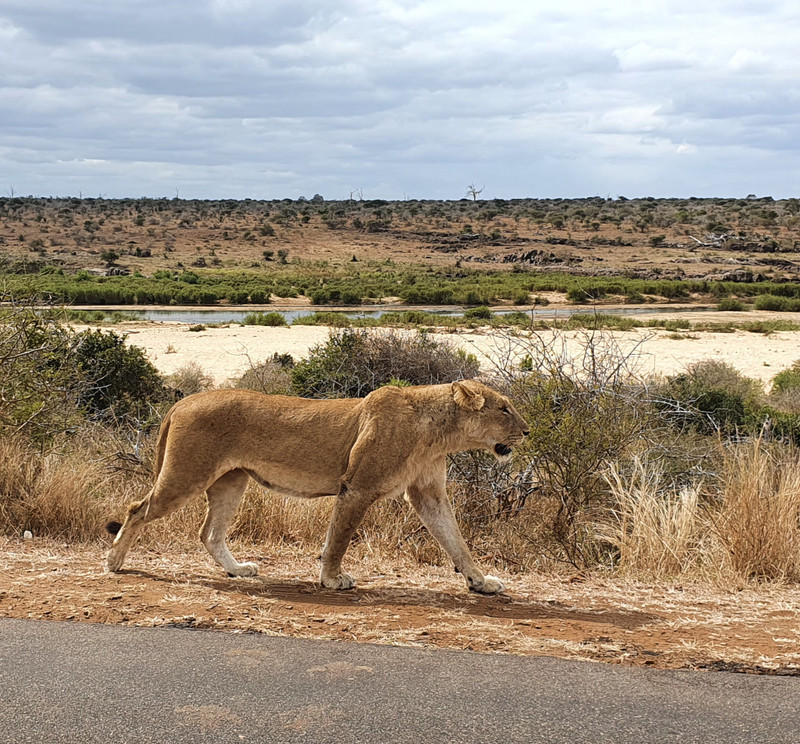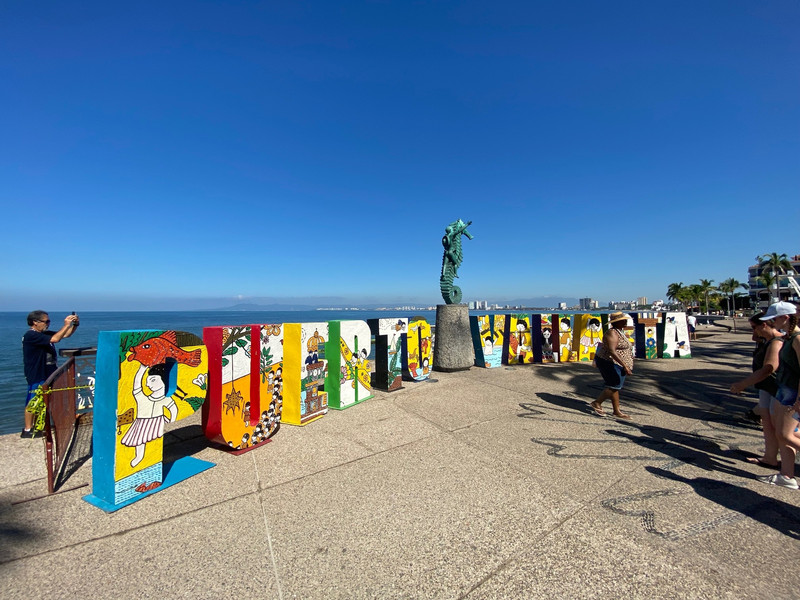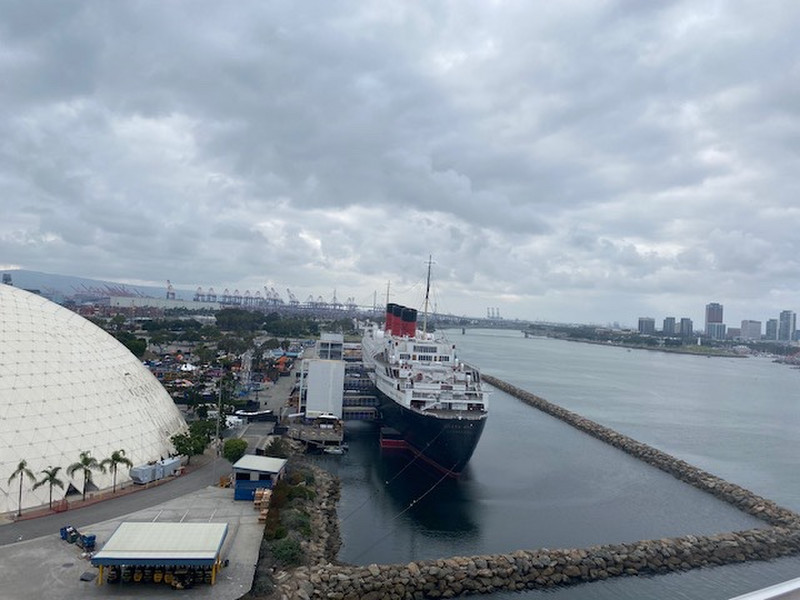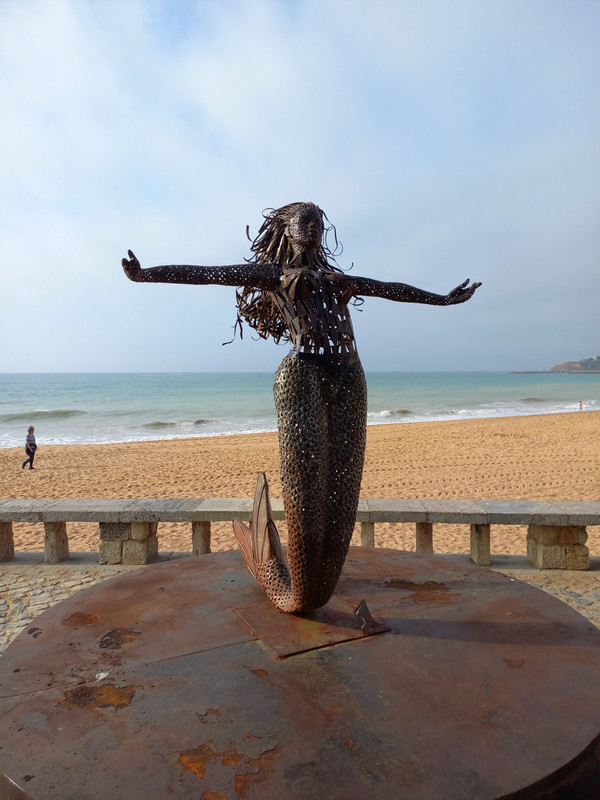Crocodiles are easy. They try to kill and eat you. People are harder. Sometimes they pretend to be your friend first. – Steve Irwin
Slipping off into slumberland in Kruger is easy. Waking up is a bit more frenetic and chances are high you wont sleep late. The gentle lullaby at night of the Scops Owl is replaced, in the very early morning, by the loud shrieking calls of the different Francolin species. Other noisy birds add their morning voice to this cacophony of sound. Much more effective than any alarm clock, the bonus of this early start is a cup of coffee to hand gazing into the early dawn light of a new day.
Planning a trip thoroughly through Kruger is worthwhile and to pull it all together, one needs a collection of the right books and guides. We are probably guilty of literature overload. On board we have, Kruger Park Map & Guide 3rd edition (excellent!), Kruger Routes – Self Drive edition (a must have), Aardvark to Zebra – Questions and answers, Game Ranger in your backpack (outstanding), a small book on mammals and a number of bird books. Also on board is chief navigator, Susan, who
has made great progress since our first RV trip up the Australian West Coast in 2009. Still a few rough edges to work on, one of them being a tendency to rotate the map through 360 degrees when not entirely sure of directions! Instant disorientation!
So, armed with the above, the chances of not locating our next stop, Lower Sabie Camp, were remote. This was a drive of roughly 55kms which was in line with camp location distances and it was the only camp in the central region we hadnt stayed at before. Always good to explore and not follow a straight line up the main road. Our one deviation produced a very special sighting when we spotted a fairly large breeding herd of sable antelope. A few Interesting facts about these impressive animals; young bulls are evicted from the herd when they sexually mature after years whereupon they join bachelor herds to establish territory. Apart from their spectacular markings, they are capable of defending themselves against predators with their magnificent backward shaped horns by backing up against a thorn bush, going down on their knees, holding the head low and lashing out with sideways sweeps
Then surfing heron. It covered a large area of the Sunset Dam on the back of his best mate, Harry the hippo.
of their horns. Predators have to be very cautious and there are recorded cases of a sable antelope killing lion. Anecdotally, the first tourist to be attacked by an animal in Kruger in the 1930s involved a sable antelope when this unlucky person got out of the car to take a photo. After spending months in the wilds of East Africa in 1909, President Theodore Roosevelt said the following: The sable is the most magnificent and stately of all the antelopes, its only possible rival being the greater kudu. Well said, Sir!
Its not always about the big animals as there is so often something tiny out there which takes ones breath away. Eyes wide open, Sue spotted a Pearl Spotted Owlet sitting on a low branch alongside the road. This is the smallest owl in Southern Africa and an obvious question was; so, what is this little owl doing out and about in the middle of the day? Quick check and there was the confirmation that it is a bold hunter, often active by day. Our bird count to date is 68 which is not too shabby considering many of the summer migrants are not back yet. Hoping
to see some lifers (i.e., first time sightings) when up in the north of the park. Another real standout bird moment was watching a grey heron surfing on the back of a hippo in the Sunset Dam close to Lower Sabie. This was highly unusual with both hippo and relaxed and unfazed. I suspect the heron was using this unique tactic to catch little fish or frogs disturbed by the hippo moving through the water. Clever bugger!
To digress from the animal kingdom. A tree which gets very little press is the Leadwood.









